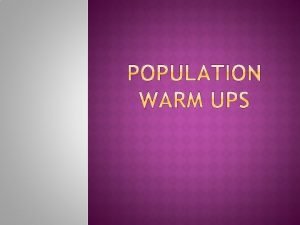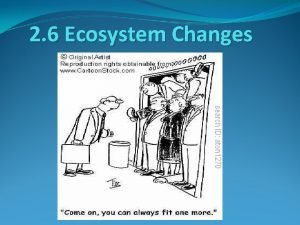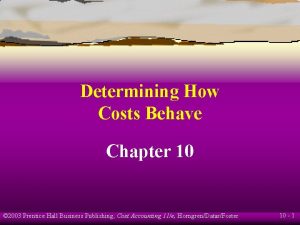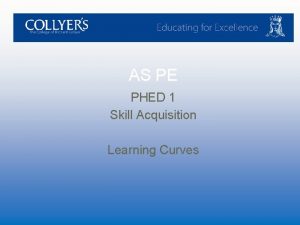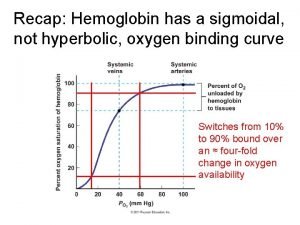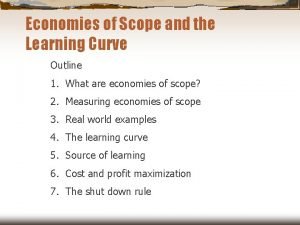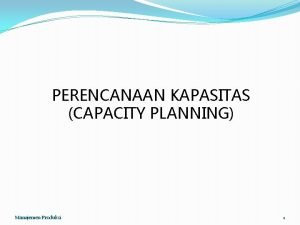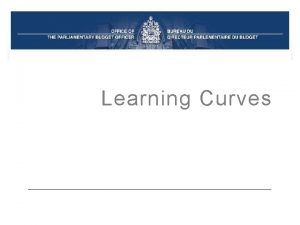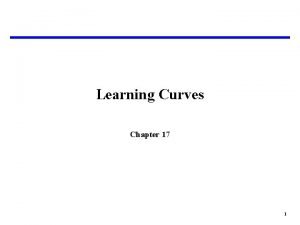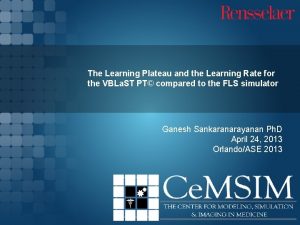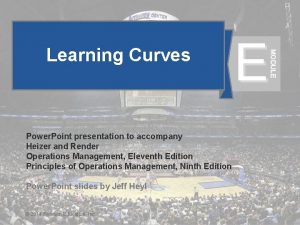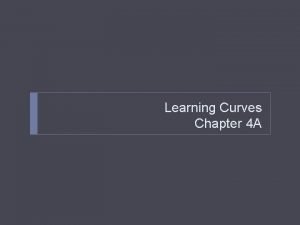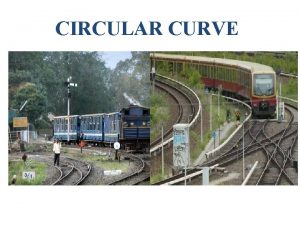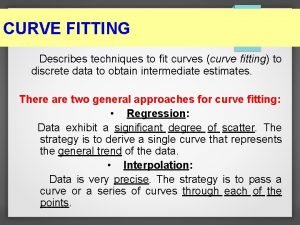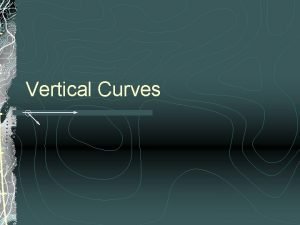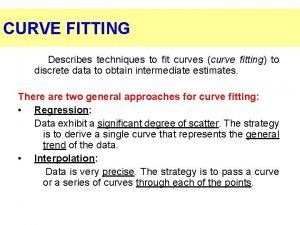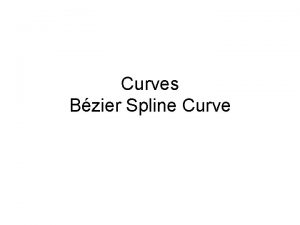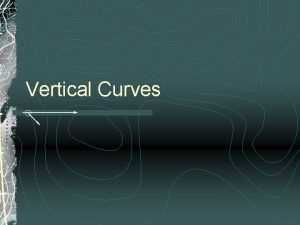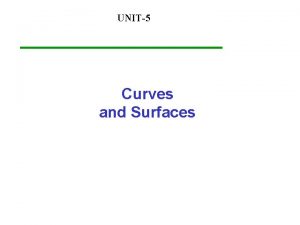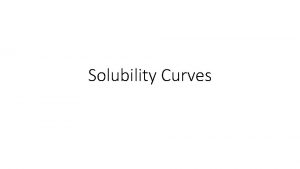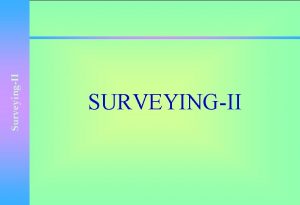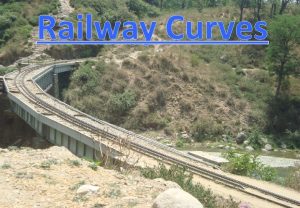PERFORMANCE CURVES Learning and performance curves Performance curve














- Slides: 14

PERFORMANCE CURVES

Learning and performance curves Performance curve- not learning curve Learning. Relatively permanent change in behaviour brought about as a result of experience or practise Just measuring performance can not tell us why that performance has changed.

LEARNING AND PERFORMANCE CURVES Mc. Gill-theorist said that most learning research shows 4 general learning curves, these display how the learning is progressing e. g. Linear-where equal amounts of progress occur with each performance .

Learning and performance curves Curve of positive acceleration – here small gains are made early on in the learning then rapid increase later on Curve of negative acceleration – here large improvements are made early on then tailing of later on …. .

Learning and performance curves no improvement Learning plateau Performance deteriorates Quality of performance Period of rapid improvement little early improvement Length of time or number of trials 5

Learning and performance curves S shaped curve…. A combo curve showing early progress with a steady then rapid improvement resulting in a levelling off. Plateau. .

Learning Plateau Learner stops progressing and no improvement in skill is evident. Performance reaches a plateau WHY?

WHY? Not physically ready to go to the next stage Learner lacks the ability to develop of modify current skills Earlier faulty skills learning means leaner is unable to master the next step. Fatigue Boredom Motivation- lacks the desire to move on Poor coaching/ teaching

What can be done? Suggest ways you could help Happy overcome his performance plateau

What can be done? Distributed sessions/ rest/ recovery Resetting of goals/ more challenging Extrinsic rewards/ praise/ encouragement Mental rehearsal/ visualisation Feedback/ guidance Break skill down/ whole part whole Ensure performer focuses on appropriate cues Make practise fun/ varied/ enjoyable Make them fitter Better quality coaching Explain concept of plateau to performer

Exam Question Games players may find that their skill performance reaches a plateau. Suggest possible solutions that a coach could use to minimise a learning plateau (4 marks)


Games players practise to improve their skills. Improvements in skill performance may be identified through repeated attempts at the skill over a period of time. Figure 2 shows a typical performance curve, where skill performance is recorded over time. Using Figure 2, explain what is happening in relation to skilled performance between point A and point B. (2 marks) Suggest possible solutions to limit what is happening between point A and point B in Figure 2. (4 marks)

Answers No improvement/levels off (Learning) plateau;
 S curve and j curve
S curve and j curve J curve vs s curve
J curve vs s curve Cuadro comparativo e-learning y b-learning
Cuadro comparativo e-learning y b-learning Learning curves 2003
Learning curves 2003 Learning curves in sport
Learning curves in sport Learning curve coefficient table
Learning curve coefficient table Sigmoidal vs hyperbolic curve
Sigmoidal vs hyperbolic curve Types of balanced occlusion
Types of balanced occlusion Curve outline
Curve outline Contoh soal learning curve
Contoh soal learning curve Learning curve chart
Learning curve chart Anderlohr method
Anderlohr method Plateau learning rate
Plateau learning rate Bezier curve powerpoint
Bezier curve powerpoint Learning curve unit values table
Learning curve unit values table
